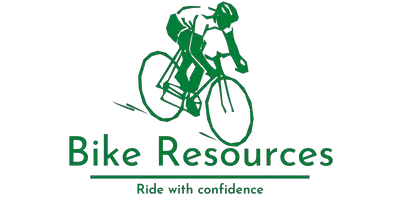How to Start Dirt Biking – A Comprehensive Guide
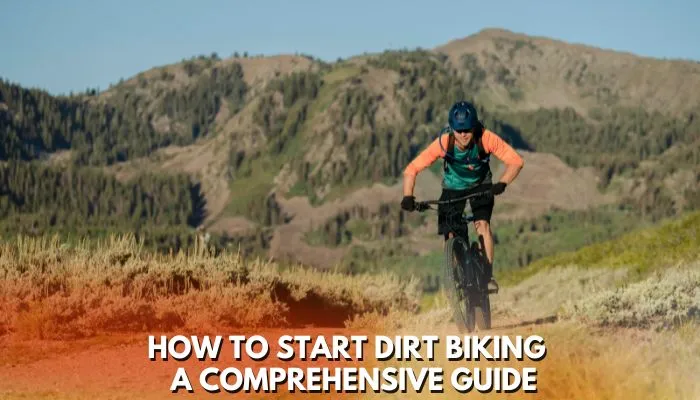
To enjoy dirt biking, a biker needs dirty land, his bike, professional skills, and good company to enjoy it. The muddy ground without any pedestrians is all you need to enjoy and hang out with friends. Whether you are a professional biker or want to start, you need to read a guide about How to start Dirt Biking to save yourself from further disruptions.
Table of Contents
Short Answer
To start Dirt biking, you must train yourself to enjoy dirt biking and set yourself free from the world’s anxieties. You need to be fit, skillful, expert, and love for off-road adventure. It doesn’t matter that you have expertise in biking; dirt biking requires knowledge. Do you have a passion for dirt biking? You can read our guide.
Today we are discussing dirt biking in steps covering everything you need to know to start dirt biking, from choosing the right bike to mastering it.
How to Start Dirt Biking
Dirt biking is a thrilling and adrenaline-pumping sport involving riding off-road motorcycles on unpaved surfaces, such as dirt tracks, trails, and dunes. It offers unparalleled freedom and adventure as you navigate challenging terrains, conquering obstacles and pushing your limits.
One of the defining characteristics of dirt biking is the terrain it takes place on. Unlike traditional road motorcycles, dirt bikes are specifically designed for off-road use, featuring rugged construction, powerful engines, and specialized suspension systems. These modifications enable dirt bikes to handle the rough and unpredictable surfaces encountered while riding in the dirt.
Gearing Up for Dirt Biking
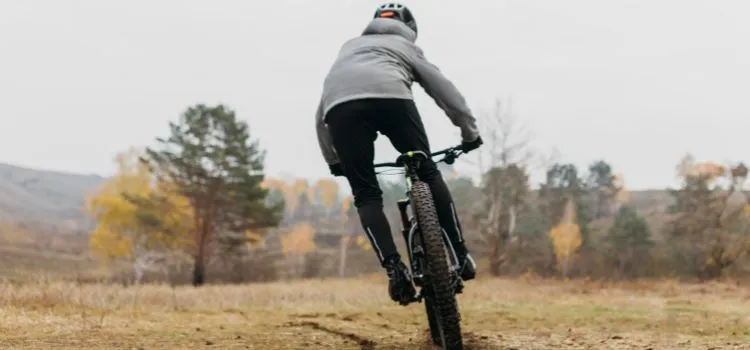
Regarding dirt biking, wearing protective equipment is crucial for a safe and enjoyable riding experience. Riding off-road on rough terrain requires specialized gear to withstand the challenges of dirt bikes and the environment. Explore the essential protective equipment you should invest in before hitting the trails or tracks.
- Helmet
A helmet is an absolute must when riding a dirt bike. Off-road helmets are designed to handle power sports’ demands on rough terrains. Look for a helmet with a sturdy chin guard to provide additional protection for your face. Ensure that the helmet you choose is approved by the U.S. DOT (Department of Transportation) or meets the standards set by SNELL (Snell Memorial Foundation) for even higher levels of protection.
- Eye Protection
Off-road riding exposes you to hazards like branches, dust, and wind that can threaten your eyes. While some helmet styles may include built-in eye protection, many off-road helmets don’t have this feature. If you want to know how to start dirt biking then, invest in a good pair of riding goggles to protect your eyes from debris and enhance your visibility on the trail.
- Full Body Armor
For comprehensive protection, it’s highly recommended to wear full body armor. This includes a chest protector, shoulder and elbow guards, and back and spine protection. These protective pieces shield your upper body from impacts and abrasions, reducing the risk of serious injuries.
- Knee Protectors
Knee protectors are essential to safeguard your knees from potential injuries during falls or impacts. Look for knee pads with a comfortable fit, flexibility, and sturdy protection. The suitable knee protectors will allow for freedom of movement while providing crucial support.
- Boots
Sturdy and purpose-built off-road boots are a must-have for dirt biking. These boots offer ankle support, protection from impacts and debris, and a grip for better riding control. Look for dirt biking boots with features like reinforced toes, ankle braces, and durable soles.
Remember, wearing the minimum protective gear is not enough. Embrace the “all the gear, all the time” mindset to reduce your risk of injuries and preserve your health. Accidents can still occur even if you’re riding trails instead of tackling jumps on a dirt track. Prioritize your safety by investing in quality protective gear that covers your head, eyes, body, knees, and feet.
Choosing the Right Bike
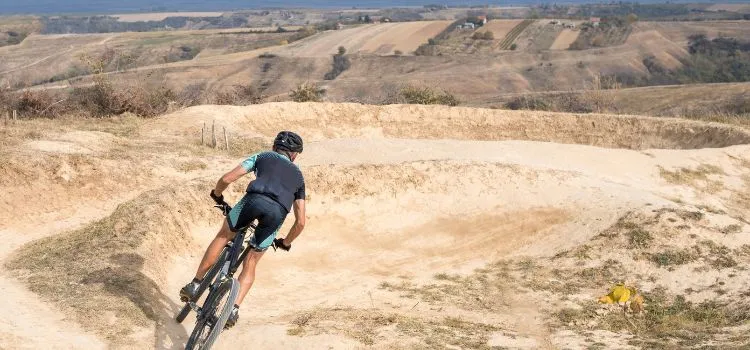
Consider the different types of dirt bikes, such as trail bikes, motocross bikes, and Enduro bikes. Each type has features and characteristics, so choose one that aligns with your riding goals and preferences.
Determining the Right Size
Ensure your bike is sized for height, weight, and skill level. Sit on various models and consult with experienced riders or professionals to find the right fit.
New vs. Used Bikes
Based on your budget and preferences, decide whether you want to buy a new or used bike. If opting for a used bike, thoroughly inspect it for any mechanical issues and consider its maintenance history.
Budget Considerations
To know how to start dirt biking budget consideration is also important. Set a budget that not only covers the cost of the bike but also accounts for additional expenses like gear, maintenance, and riding fees. Remember to factor in insurance costs if necessary.
Finding Riding Locations
Locate bike tracks in your area that allow dirt biking. Motocross tracks offer designated routes with jumps, corners, and varying terrain for an exciting riding experience. Follow track rules and guidelines to ensure a safe and enjoyable ride.
Trail Riding
Explore off-road trails and parks suitable for dirt biking. Research local trail systems and obtain necessary permits or permissions. Follow trail etiquette, stay on designated paths, and respect the environment.
Public Land Regulations
Understand the regulations and restrictions regarding dirt biking on public lands. Some areas may have designated riding zones or specific rules for off-road vehicles. Familiarize yourself with these guidelines to avoid legal issues and contribute to preserving natural areas.
Local Dirt Biking Communities
Join local dirt biking communities or clubs to connect with fellow enthusiasts. They can provide valuable insights into the best riding spots; organize group rides, and offer support and guidance for beginners. Online forums and social media groups can also be great resources for finding riding buddies and sharing experiences.
Practice on Dirt Roads
When embarking on your dirt biking journey, many beginners tend to search for a nearby dirt bike track or rely on recommendations from friends for ideal riding locations. However, the best place to start learning dirt biking is on an old dirt road. These roads provide a flat surface without significant rocks or obstacles, allowing you to practice basic skills without unnecessary challenges.
Remember, dirt biking is a journey, and starting on a dirt road provides a solid foundation for your progress. Take the time to practice and refine your skills in this controlled environment before venturing into more challenging terrains. As you gain proficiency and confidence, you can gradually explore single-track trails or hilly areas that offer additional excitement and obstacles.
Gear shifting
Once you’ve gained confidence with basic dirt biking skills, it’s time to delve into the art of shifting gears. To know how to start dirt biking, you need to find an open space with no obstacles is ideal for practicing gear shifting, as it can be a slightly challenging task for new riders. Let’s explore the steps in shifting gears on a dirt bike and some tips to make the process smoother.
Finding the Right Space
Locate a spacious area without obstacles where you can safely practice gear shifting. This open space allows you to focus on the technique without the added complexity of navigating tight spaces or avoiding obstacles.
Understanding Shifting
To shift gears on a dirt bike, position your foot under the shifter and raise it half a click to reach neutral and another click to engage the second, third, fourth, and fifth gears. Practice finding these gear positions to familiarize yourself with their locations on the shifter.
Pay Attention to your bike
While in first gear, pay attention to the engine’s sound and observe if it appears to be struggling. Understanding the audible cues and the bike’s feel will help you identify the optimal moments to shift gears. Riding with an experienced rider can be immensely helpful in recognizing these turning points.
Shifting Process
Shifting gears while in motion follows a simple process. Quickly pull the clutch lever to disengage it and hook your foot under the shift lever to lift it to the next gear. Release the clutch lever, and you will smoothly transition into the higher gear.
The key to successful gear shifting is coordinating your throttle and clutch actions. Apply a slight throttle as you shift to engage the higher gear smoothly. Finding the right balance is crucial—too much throttle can cause the bike to accelerate abruptly, while too little can result in stalling the engine.
Understanding Gear Functions
On a dirt bike to know how to start dirt biking, gear shifting adheres to the same basic principles as any other vehicle. Lower gears suit lower speeds and climbing hills, while higher kits are optimal for sustaining speed. Unlike manual transmission cars, dirt bikes can handle gear shifts without using the clutch, but it’s advisable to utilize the grip for smoother transitions and reduce transmission stress.
Navigating Neutral
Locating neutral can be challenging for beginners, as it is halfway between the first and second gear on the shifter. Take some time to practice finding neutral on the shifter, as it will be helpful in various situations, such as starting the bike or coming to a complete stop.
Braking Techniques
Dirt bikes typically have two brakes: front wheel brake (lever in front of the right handlebar) and rear wheel brake (lever in front of the right foot peg).
The front wheel brake is more sensitive and requires caution to avoid accidents, while the rear wheel brake provides a smoother stop and better bike control.
Adjust your braking technique based on the terrain. Bumpy terrain requires gentle braking, while smoother terrain may require more power. Sandy or muddy conditions can make braking more challenging, so be mindful of your bike’s response in different landscapes.
Considerations for Starting dirt biking
- Turn the key to the ON position.
- Set the kill switch to the RUN position.
- Open the fuel valve.
- Engage the choke (for cold starts on carbureted dirt bikes).
- Mount the bike.
- Shift into neutral gear.
- Use the electric start or Kickstarter.
- Allow the engine to warm up to the operating temperature.
- Disable the choke, if applicable.
- Begin your ride!
Your First Ride
Start slowly and gradually when learning to ride a dirt bike. Take time to master the basics and practice on easy terrains before progressing to more challenging rides.
Consider enrolling in a Motorcycle Safety Foundation (MSF) class. MSF offers one-day Dirt Bike School programs taught by professional instructors, providing a safe and enjoyable learning experience. The courses are suitable for riders of various ages, including children as young as six-years-old, ensuring proper technique and safety from the beginning.
Dirt Biking Like a Pro
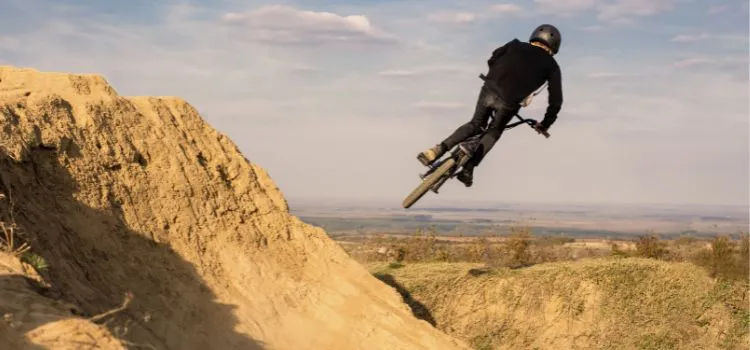
Regardless of your experience in dirt biking, whether you’re a novice or aiming to improve, it’s essential to recognize that practice is the key to greatness.
To ride like a pro, you must familiarize yourself with the fundamental riding techniques. The more confidence you gain in your skills, the higher your speed potential. Confidence is crucial in riding like a pro while ensuring your safety.
FAQs
How do I start learning to ride a dirt bike?
To start learning to ride a dirt bike, taking a beginner’s course or seeking professional instruction is recommended. Practice in a safe, open area and gradually build your skills and confidence.
When should I start riding a dirt bike?
The appropriate time to start riding a dirt bike varies for each individual. It’s generally recommended to start when you feel physically and mentally ready and have access to proper safety gear and training.
Is a dirt bike suitable for beginners?
Dirt bikes can be suitable for beginners, especially with proper training and safety precautions. Starting on smaller, beginner-friendly bikes and practicing in controlled environments helps beginners learn the necessary skills and build a solid foundation.
Conclusion
In conclusion, embarking on the thrilling journey to know how to start dirt biking, requires a step-by-step approach. Starting with the basics of gear selection, mastering clutch control, and gradually progressing to more advanced techniques such as shifting gears and effective braking lays a strong foundation for a safe and enjoyable dirt biking experience.
Practicing on suitable terrains, seeking professional instruction, and prioritizing safety through proper gear and precautions will enhance your skills, build confidence, and pave the way for a lifelong passion for dirt biking adventures.
